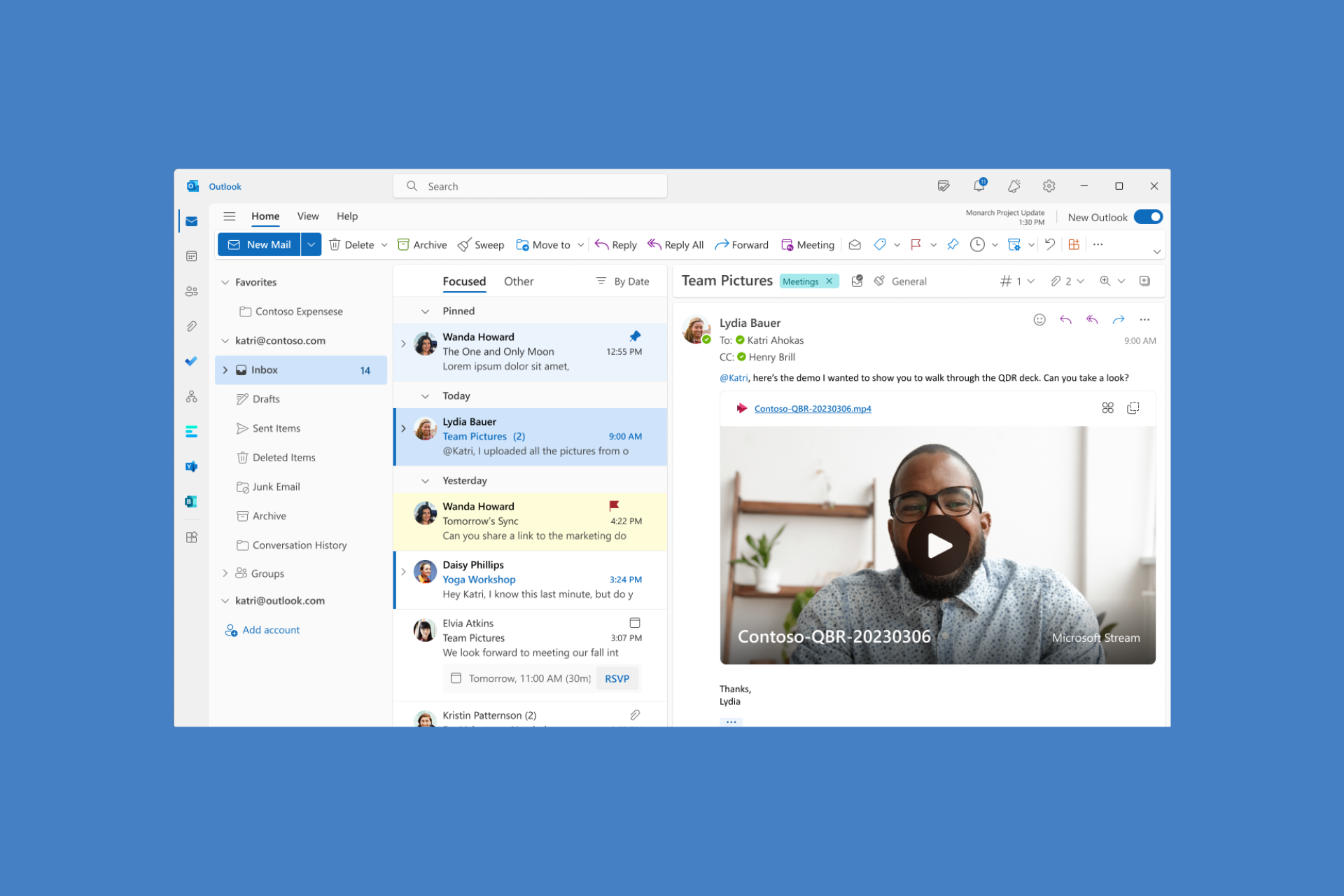Running .NET Framework 4.5.2, 4.6, or 4.6.1? Upgrade now!
2 min. read
Published on
Read our disclosure page to find out how can you help Windows Report sustain the editorial team Read more
Key notes
- .NET Framework 4.5.2, 4.6, and 4.6.1 reached end-of-support this week.
- Microsoft strongly advises organizations running on older .NET Framework versions to upgrade to keep devices secure.
- Apps running on top of older .NET Framework versions can still be used, but with some risks.
- If automatic version upgrades are activated, it's possible that the framework version is already a newer one.

.NET Framework versions 4.5.2, 4.6, and 4.6.1. reached end-of-life on April 26th, with Microsoft announcing that devices should run on .NET Framework 4.6.2 at least to still receive updates.
Microsoft will continue to support .NET Framework 4.6 on Windows 10 Enterprise LTSC 2015 until October 2025, when the OS reaches EOL.
Additionally, other .NET framework versions will continue to be supported according to the official lifecycle map, the announcement mentions.
What happens if my .NET Framework version is deprecated?
Technically, devices can still use the outdated .NET Framework versions. However, they will be exposed to security threats.
Moreover, if technical support is needed for whatever reasons and the framework is out of date, the first request will be to upgrade it.
The grace period to upgrade from .NET Framework versions 4.5.2, 4.6, or 4.6.1 to at least .NET Framework 4.6.2 to still get updates is May 2022.
Additionally, Microsoft mentions that after April 26th devices can still use the old frameworks, but they won’t receive any updates or security patches.
Starting May 2022, we won’t be issuing security updates for .NET Framework 4.5.2, 4.6, and 4.6.1 when we issue these security updates for .NET Framework 4.6.2 and later versions. This means that starting May 2022, if a computer has .NET Framework 4.5.2, 4.6, or 4.6.1 installed, it may be unsecure.
The decision to cut support for the mentioned framework versions is that they use insecure digital certificates.
On the other hand, according to Microsoft research, the vast majority of users are eligible to upgrade to (or already use) newer framework versions and have safer digital certificates.
If an organization has automatic upgrades activated, it’s possible that the .NET Framework is already up-to-date and in this case, no further action on the admins’ side is necessary.
Also, if .NET Framework 4.6.2 isn’t already in place, admins only need to update the runtime on which the app is running. Using the official guide for application compatibility in the .NET Framework is highly recommended.
We strongly recommend you validate that the functionality of your app is unaffected when running on the newer runtime version before you deploy the updated runtime in your production environment.
If an app isn’t compatible with newer .NET Framework versions, some code changes have to be performed in Visual Studio, as shown in the official documentation.








